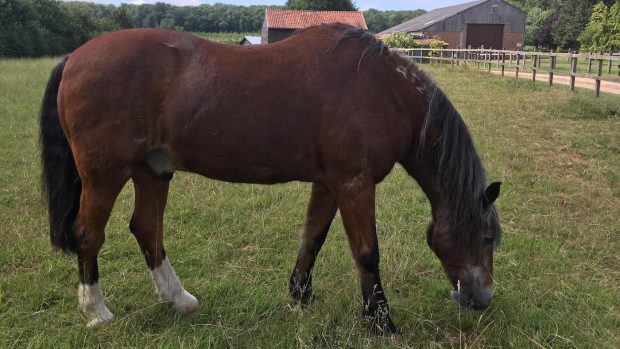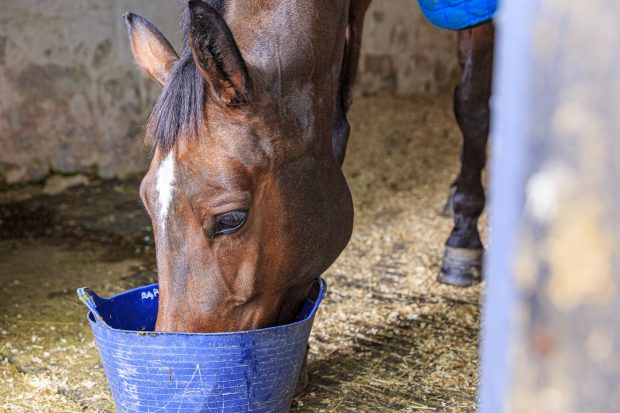Cubes and mixes are the much-relished standard fare in most feed buckets and are generally categorised by energy content. Some horses seem to prefer mixes, but there are plenty which enjoy a good bowl of cubes or their smaller equivalent, pellets.
The ingredients and process used to manufacture cubes and pellets renders them uniformly brown. Mixes gained early popularity on the basis that you could see what’s in them, but in effect they are combinations of pellets or cubes with flaked cereals or peas, where the pellet contains the vitamins, minerals and proteins deficient in the cereals.
Cubes and mixes have different proportions of a common bank of ingredients. Lower-energy feeds tend to contain more fibre sources and higher-energy feeds more cereals. The level of vitamins and minerals also varies accordingly.
Ingredients are either straight from the farm (such as cereals), lightly processed (grass, alfalfa) or nutritious human food by-products, either from the production of sugar, (molasses, sugar beet pulp), flour (the fibrous husks of cereals) or oil (soya, sunflower or linseed meals).
With cubes, ingredients are ground, mixed and pelleted. During the pelleting process, high temperatures “cook” the assembled ingredients, especially the starch in cereals.
The flakes in mixtures are cooked by a different method, either by steam flaking or micronising. The cooled flakes are then mixed together with the pellet component and an appropriate coating. As a result, mixtures tend to be stickier and contain more sugar than cubes – one of the reasons that they are considered more attractive.
What’s in compound feeds
Common feed ingredients found in cubes and mixes are:
- Energy sources: barley, wheat, oats, maize, molasses, soya, corn or othervegetable oil
- Fibres: dried grass (usually pelleted) or lucerne, wheatfeed, oatfeed, rice bran, soya hulls and sugar beet pulp
- Proteins: soya bean meal, linseed, sunflower meal
- Minerals/vitamins: limestone, salt, and trace mineral and vitamin premixes
- Additive extras: yeasts, probiotics, herbs
Main differences
Cubes: Uniformly brown; tend to be higher in fibre; sugar on the inside; same nutrient delivery in every cube; no separation of ingredients by horse.
Mixes: Appear open and bright; tend to be higher in starch; sugar coating on outside; disliked ingredients can be picked out by the horse.
|
Read the full story in this week’s Horse & Hound (17 July), or click here to subscribe and enjoy Horse & Hound delivered to your door every week. |




